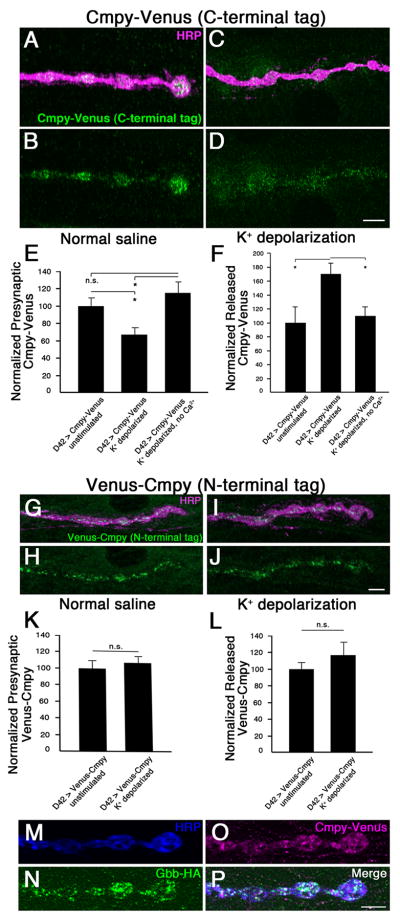Figure 7. The Crimpy C-terminus can be released by synaptic activity.

(A-D) Representative confocal images of boutons at NMJ4 in D42Gal4/UASCmpy-Venus (C-terminal epitope tagged) larvae stained with anti-HRP (neuronal membrane) and anti-GFP (Cmpy-Venus). Before fixation, larvae were incubated for five min in normal (A,B) or 90 mM K+ (C,D) saline. (E) Quantification of the presynaptic Cmpy-Venus/HRP ratio. Mean pixel intensity of presynaptic Cmpy-Venus is reduced 36% following stimulation in high K+ saline. No reduction is seen when Ca2+ is removed from the high K+ buffer. (F) Quantification of the released Cmpy-Venus/HRP ratio. Mean pixel intensity of Cmpy-Venus outside of presynaptic terminal as defined by HRP, but within a 2.5 μm perimeter surrounding the terminal, is increased 62% following stimulation in high K+ saline. No increase is observed when Ca2+ is removed from the high K+ buffer. (n > 16 NMJs for each). (G-J) Representative confocal images of boutons at NMJ4 in UASVenus-Cmpy; D42Gal4, (N-terminal epitope tagged) larvae stained with anti-HRP (neuronal membrane) and anti-GFP (Venus-Cmpy). Before fixation, larvae were incubated for five min in normal (G,H) or 90 mM K+ (I,J) saline. (K) Quantification of the presynaptic Venus-Cmpy/HRP ratio. Mean pixel intensity of presynaptic Venus is unchanged following stimulation. (L) Quantification of the released Cmpy-Venus/HRP ratio as defined in (F). No change is observed following stimulation (n > 12 NMJs for each). (M-P) Representative confocal images of boutons at NMJ4 in UASGbb-HA/+; D42Gal4/UASCmpy-Venus larva stained with anti-HA (Gbb-HA), anti-GFP (Cmpy-Venus), and anti-HRP (neuronal membrane). Scale bars: 2 μm. *p<0.05, n.s. not significant. Error bars are SEM.
